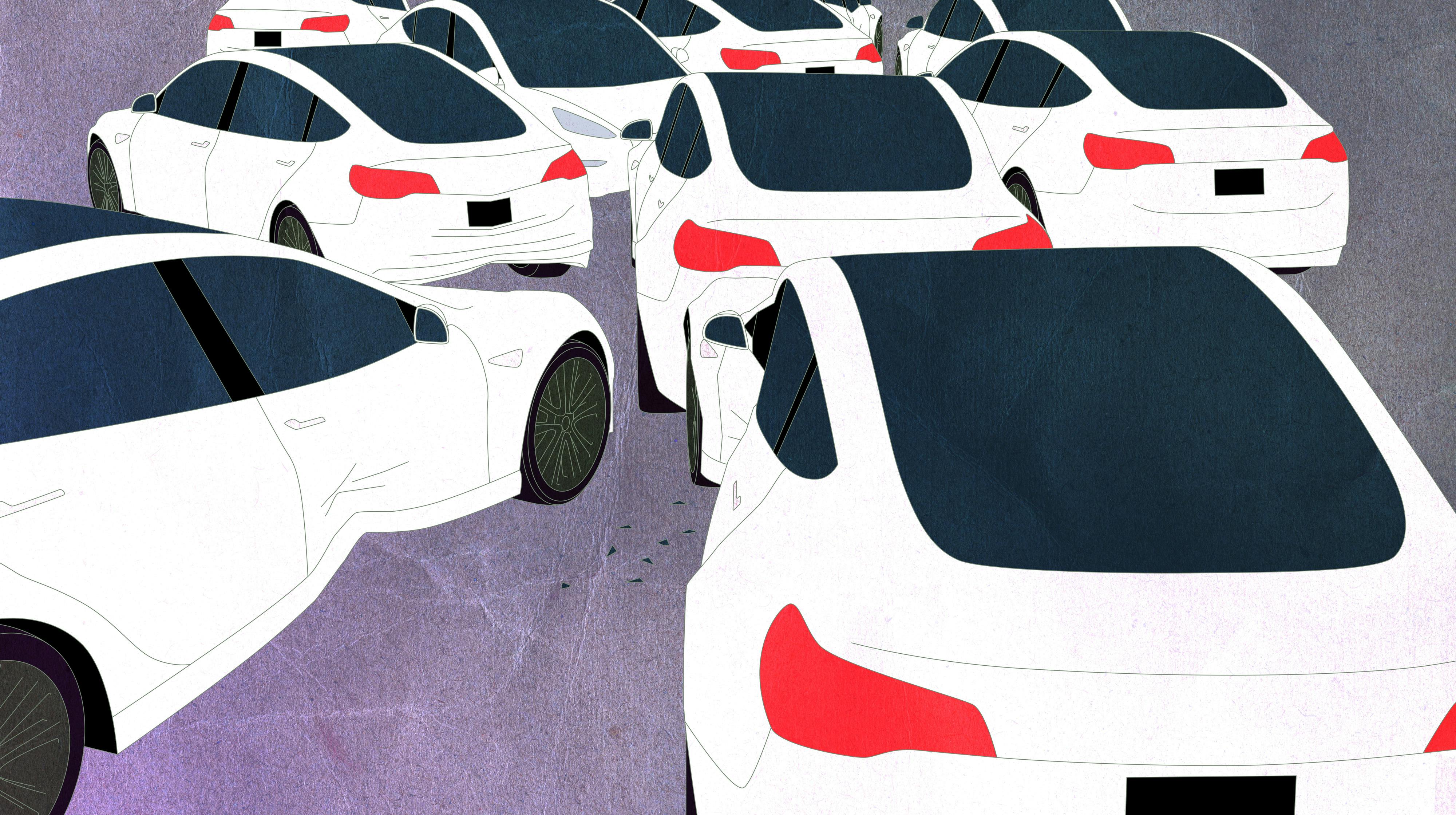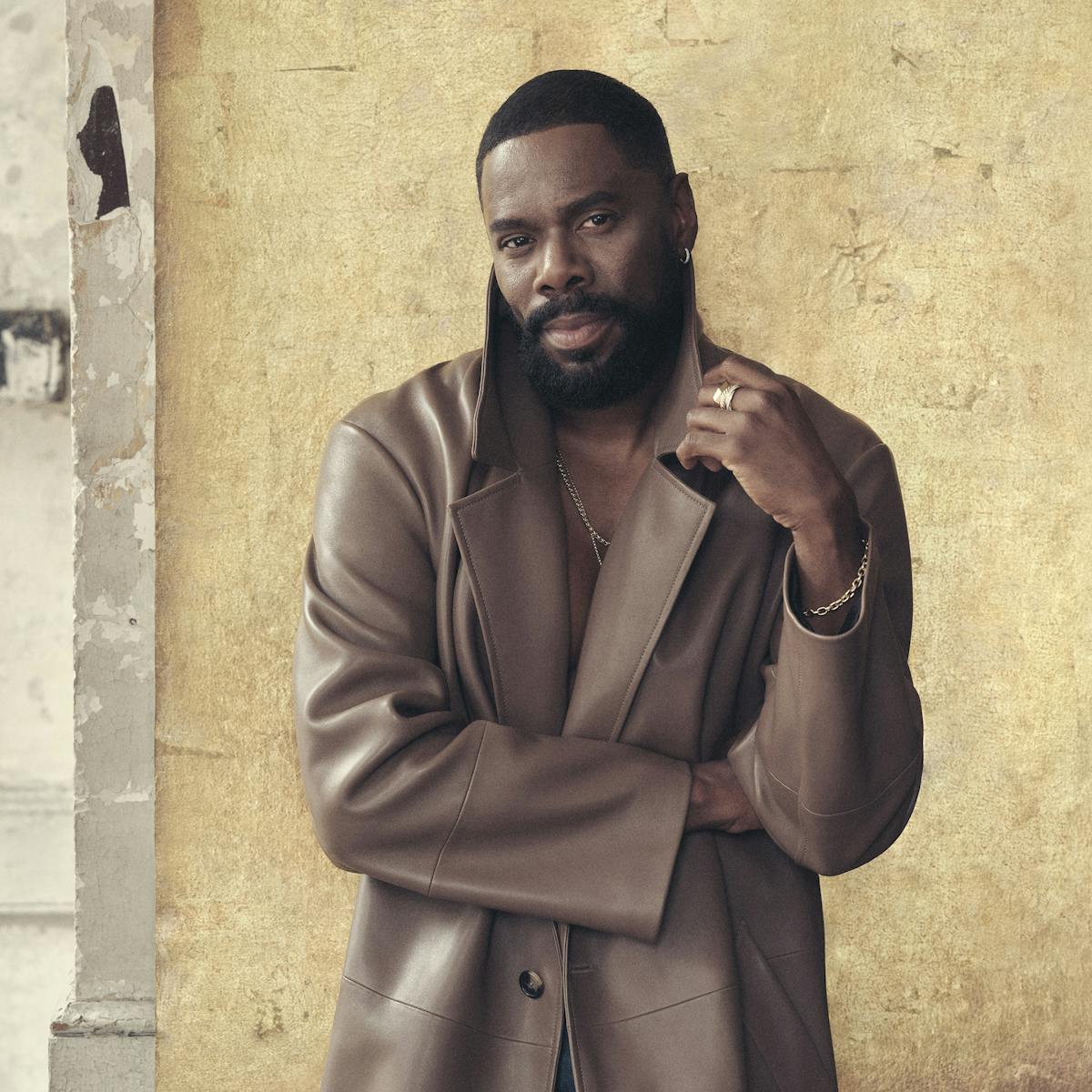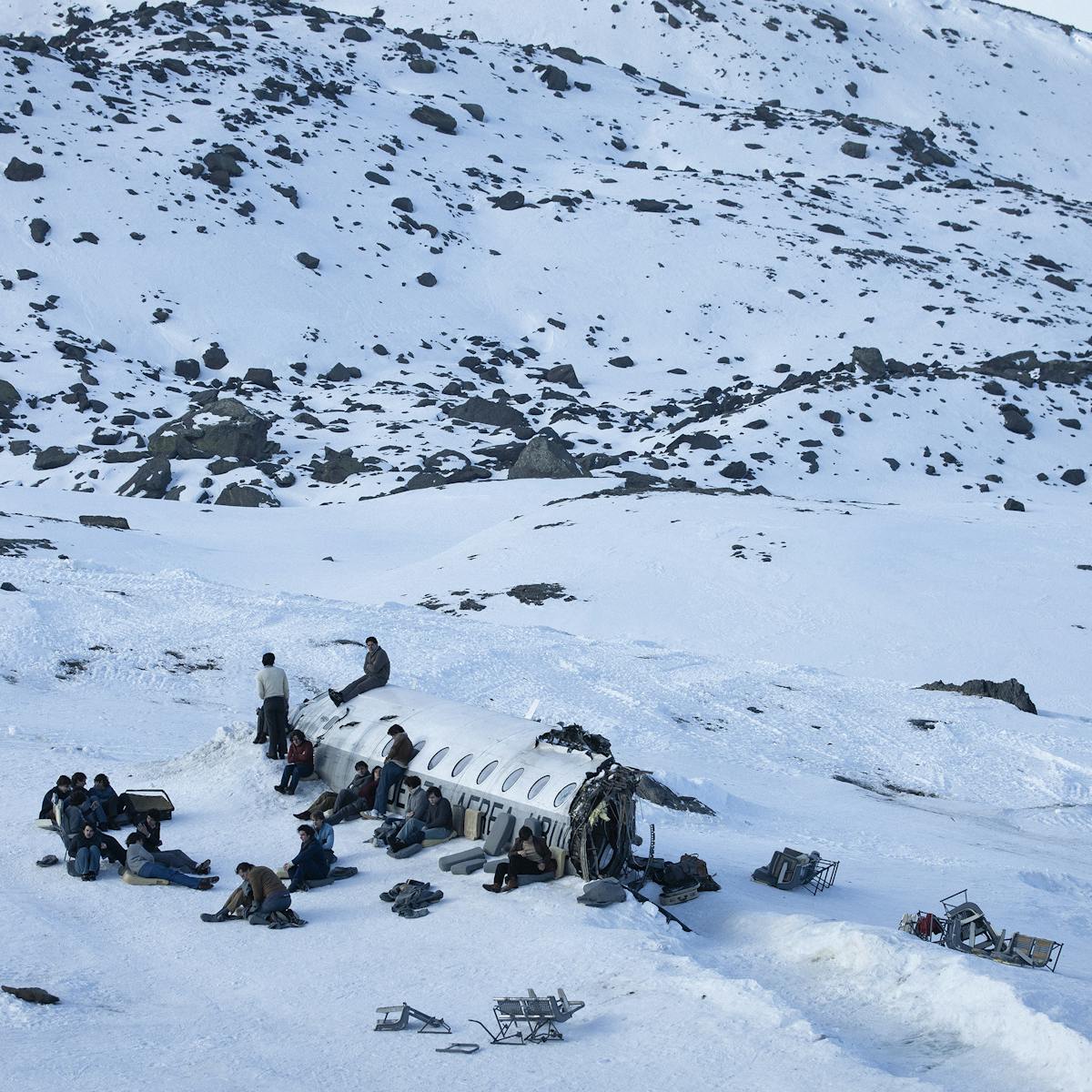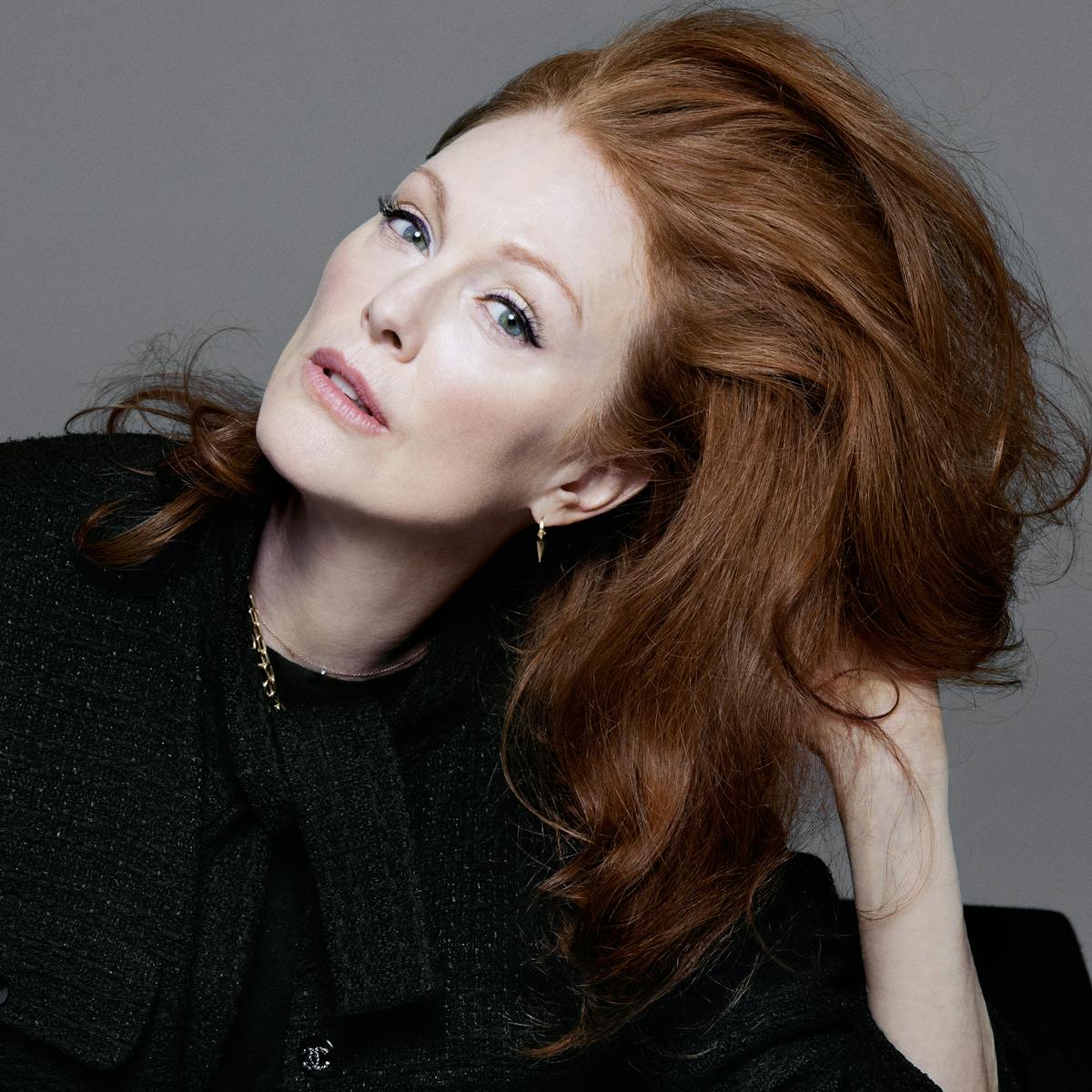Director and screenwriter Sam Esmail on setting the book in motion.
When the apocalypse comes, it won’t arrive suddenly, but rather slowly, aided by a gradual stream of misinformation. We will find ourselves siloed, our digital appendages reduced to scrap metal, paranoid and hamstrung as we grasp for answers that are out of reach. This is author Rumaan Alam’s twenty-first-century vision of impending doom in the gripping, National Book Award-finalist novel Leave The World Behind. Published in the peak-pandemic fall of 2020, Alam’s story masterfully tapped into collective anxieties with a disaster narrative delivered in microcosm, focusing on the terror that unfolds in a stylish and remote Long Island home.
Director, screenwriter, and producer Sam Esmail (Mr. Robot, Homecoming) amps up the story into an uncanny — and unquestionably modern — thrill ride in his film adaptation of Alam’s novel. Executive-produced by the Obamas’ Higher Ground Productions, the project drew some of Hollywood’s most recognizable names; Julia Roberts and Ethan Hawke play Amanda and Clay, a married couple whose bucolic family getaway is interrupted by the arrival of their vacation rental home’s owner, G.H., played by Mahershala Ali, and his daughter Ruth, Black Mirror’s Myha’la. Together, they are forced to face a cyberterrorist catastrophe head-on, confronting menacing stags, self-driving cars gone rogue, as well as issues of class privilege and internal prejudice. For Queue, Esmail opened up about the intricate process of bringing Alam’s best-selling book to the screen.
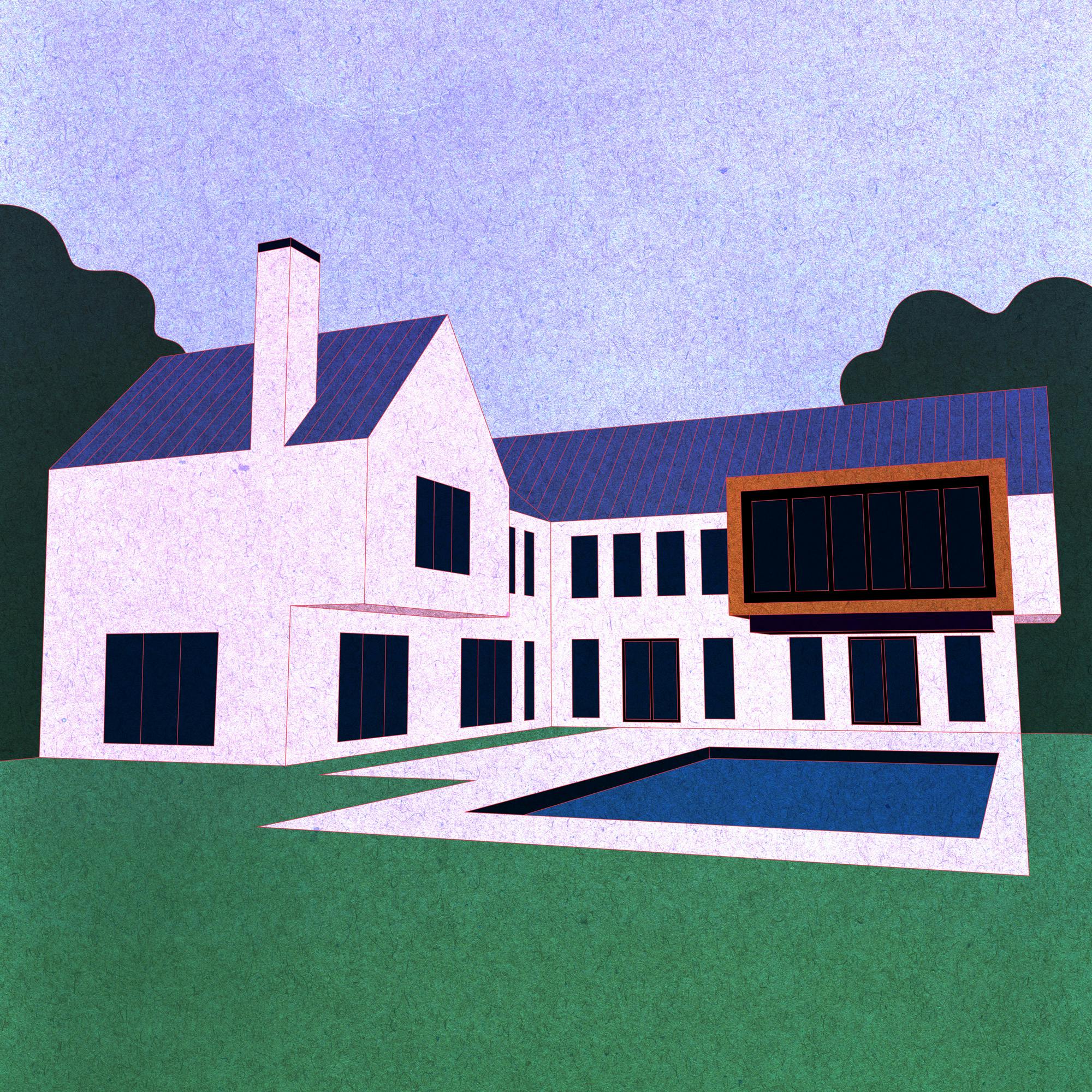
ON EXPANDING THE WORLD OF THE NOVEL FOR THE SCREEN
Our agenda was always focused on creating a wholly new experience that could recontextualize the novel cinematically. The impact of technology on society is something that I’ve always been fascinated by, and I found a way to expand my obsession by grafting this notion of cyberattack onto the disaster element. Using that as a catalyst for the crisis, it allowed me to conjure some really distinctive, horrifying imagery. Even though the book and the film are two versions of the same story, they’re stand-alone pieces that are somewhat independent of one another.

ON COLLABORATING WITH PRODUCER AND STAR JULIA ROBERTS
When I initially read the book, Julia was who I pictured immediately as Amanda. I think she read it within a couple of days. Thankfully, she saw exactly what I saw. It takes her America’s sweetheart persona and flips it on its [head]. What’s really great about casting someone like Julia is that you don’t have to worry about the likability factor. She has this uncanny ability to channel the humanity of any character, regardless of how flawed they may be. She came on to produce as well, and she’s been a great partner to have on the film.
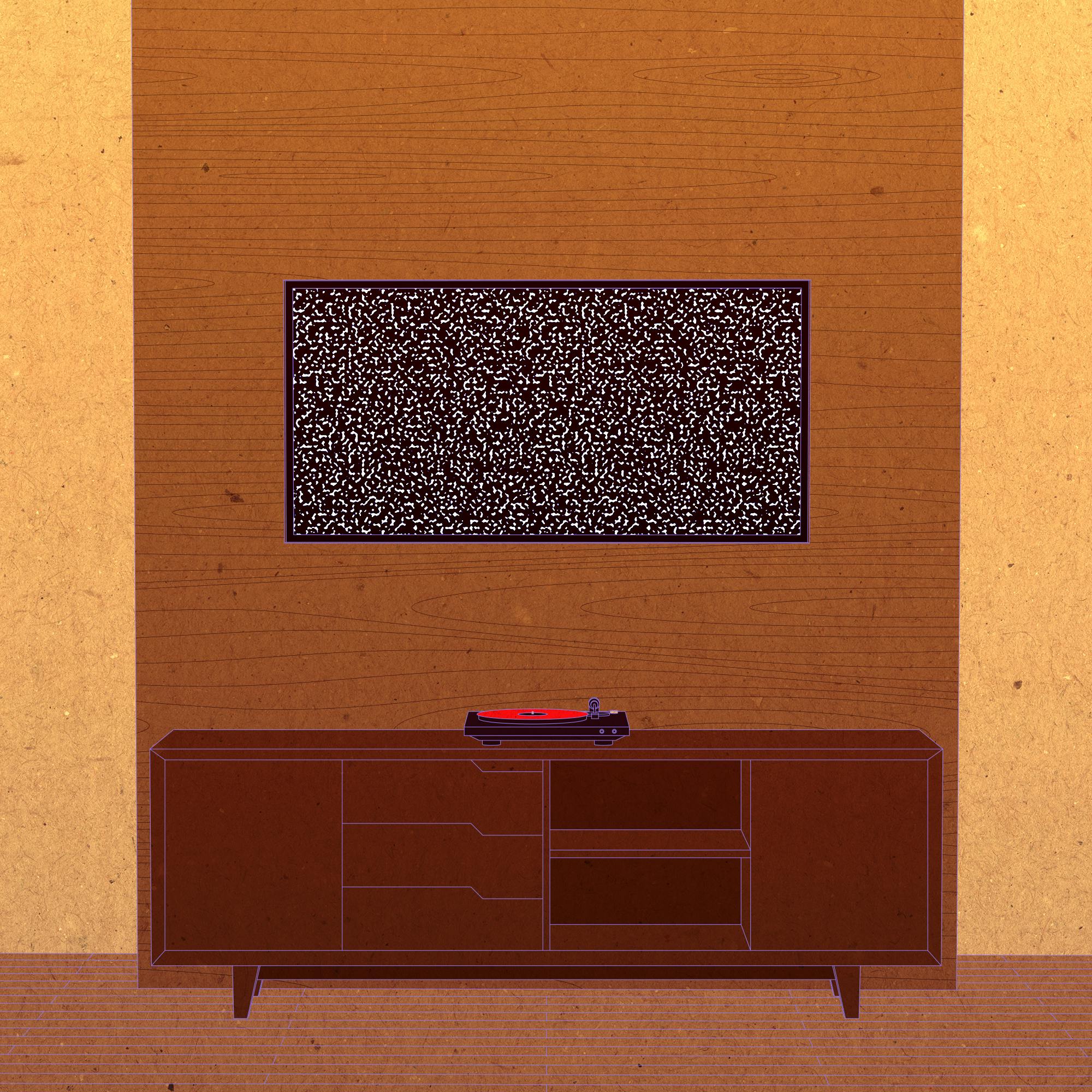
ON WORKING WITH BARACK AND MICHELLE OBAMA ON THE FILM'S PRODUCTION
It was a humbling experience working with them, and they brought a lot of insight into the film. They genuinely delved into the characters and loved that they were front and center in the story while the disaster [was] almost secondary. They really loved that the film was, first and foremost, a cautionary tale about trust.
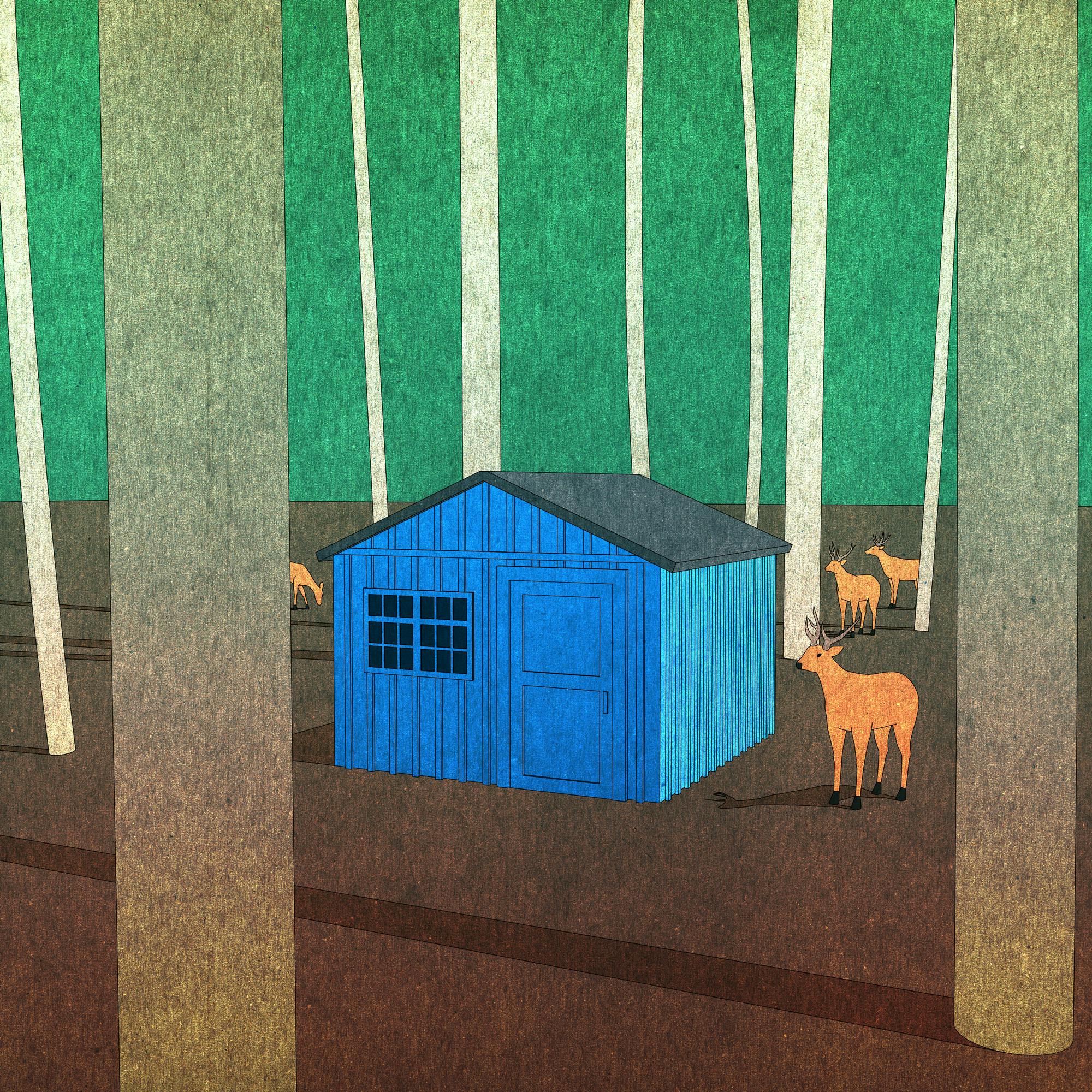
ON CONFRONTING THE CHARACTERS' PREJUDICES WITH NUANCE
One of the things that the book explored so beautifully was the unspoken side of racism; subtle or not-so-subtle microaggressions permeate a lot of our interactions. I think we’ve all seen films that overtly talk about racism, but I think our film observes a more inconspicuous manifestation of it. To me, it can even be more insidious when we’re not quite sure we’re doing it . . . and how that might cloud our judgment, especially during a moment of crisis.
ON THE FILM'S BLOOD-CURDLING TITLE SEQUENCE
Title sequences are sadly kind of a lost art. Some of my favorites [are those of] Gaspar Noé [films]. If you go back to Hitchcock, the title sequences are classic pieces of art on their own. For me, our title sequence drops the gauntlet and says, “Enjoy the ride, strap in, because what you’re about to see is maybe not what you’re expecting.”
